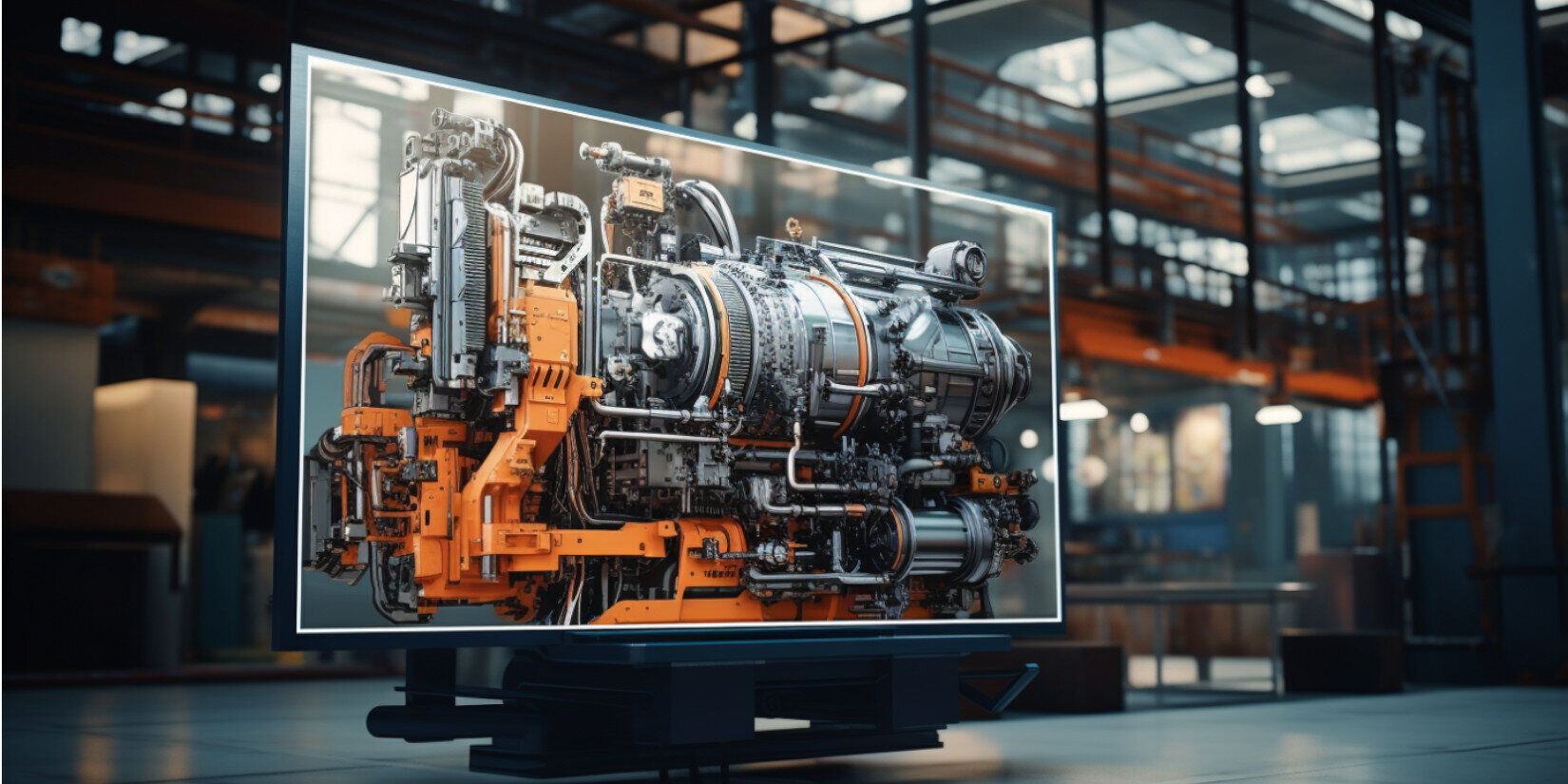Technology has revolutionized the way we look at the world around us. One such change is the conversion of 2D photos into 3D data with AI, a process that is becoming more accessible thanks to advances in computer vision and artificial intelligence (AI). In this article, we will take a critical look at the quality of the results, the current state of the art, important points to consider, optimal use cases, and the benefits of this technology.
Quality of the results
The accuracy and quality of converting photos into 3D models depend on several factors, including the quality of the original image, the software used, and the complexity of the object being imaged. While simple objects with clean lines and textures often translate well into 3D, more complex or finer details can be challenging. Uneven lighting, shadows, and unclear contours can also cause blurring or distortion in the resulting 3D model.
State of the art
Current technologies for converting photos into 3D data use AI and machine learning to analyze a variety of images and create a 3D model of the object depicted. Some of the best known techniques in this area are photogrammetry and neural networks.
Photogrammetry is a method that uses multiple 2D images taken from different angles to create a 3D model. This technique is particularly effective when high-resolution images are available from different angles.
Neural networks offer another exciting technique for converting 2D images into 3D models. These techniques use deep learning models trained on large amounts of data to create 3D models from single or multiple 2D images. These models can recognize and use complex patterns and relationships to create accurate 3D models.
Important points to note
Despite advances in technology, there are some important points to consider when converting photos to 3D data.
Image quality:
The higher the quality and resolution of the original image, the more accurate and detailed the resulting 3D model will be.
Viewing angle and lighting:
Using images from different angles and with good lighting can help create more accurate and detailed 3D models.
Complexity of the object:
The simpler and clearer the shape and structure of the mapped object, the better the chances of obtaining an accurate 3D model.
Optimal use cases
Some of the best use cases for converting photos to 3D data are:
Virtual reality and augmented reality:
Creating 3D models from photos allows users to interact and explore in VR or AR environments.
Digital Marketing:
3D models can be used to display products in online catalogs and sales websites.
Construction and architecture:
The creation of 3D models from photos can help in the planning and visualization of construction projects.
Historical and cultural preservation:
3D models can be used to document and preserve historic sites and artifacts.
Advantages of converting photos to 3D data
The ability to convert photos into 3D data offers a number of advantages. It allows for better visualization and interaction with mapped objects, which can be useful in a variety of areas, from product development to digital marketing to education. It can also help translate physical objects into digital formats, which can be useful in preserving and documenting important objects or places.
In summary, converting photos into 3D data is an exciting technology that has many potential applications. Although it still has some challenges and limitations, it is constantly evolving and promises to play an ever-increasing role in a variety of industries and fields.
Need help converting data into 3D models? We are happy to support you. Feel free to contact us.
